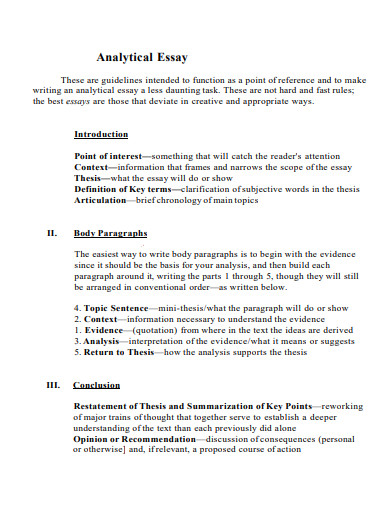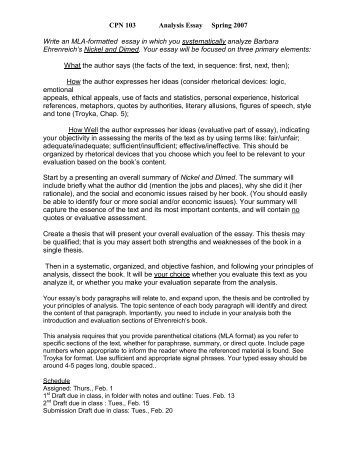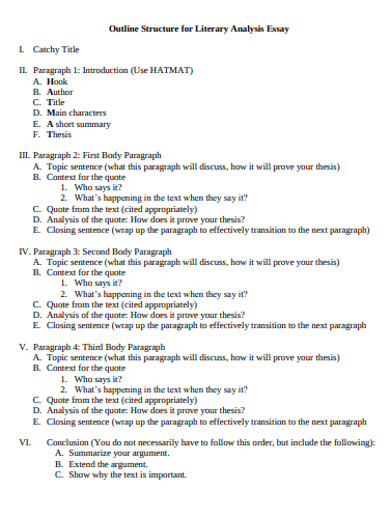An analytical summary outline is a tool used to organize and summarize information from a source material in a logical and concise manner. It allows the writer to synthesize and evaluate the main points and arguments of the source, and to present them in a clear and organized way.
The first step in creating an analytical summary outline is to read the source material carefully and thoroughly, taking notes as you go along. As you read, try to identify the main points and arguments made by the author, and make a note of any examples or supporting evidence that they provide.
Once you have a good understanding of the source material, you can begin to create your outline. Start by organizing the main points and arguments into logical categories or themes. You might also want to include subpoints or supporting details for each main point.
It can be helpful to use headings and subheadings to help structure your outline, as this will make it easier to see the overall structure of the material and to identify any gaps or areas where more information is needed.
As you create your outline, be sure to include any quotes or examples from the source material that support or illustrate the points you are making. You should also include any counterarguments or alternative perspectives that the source material presents, and consider how you will address or incorporate these in your summary.
Once your outline is complete, you can use it as a guide to write your analytical summary. Begin by introducing the source material and its main points and arguments, and then use your outline to present a concise and logical summary of the material. Be sure to include any relevant quotes or examples to support your points, and to address any counterarguments or alternative perspectives.
Overall, an analytical summary outline is a valuable tool for organizing and summarizing information from a source material. By following a structured approach, you can create a clear and concise summary that accurately represents the main points and arguments of the source.








